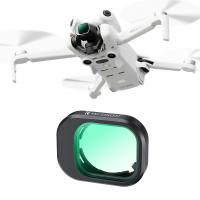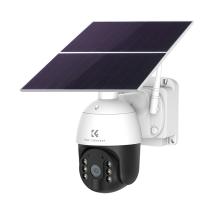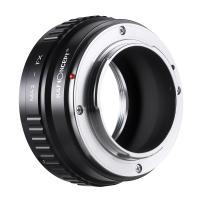How To See Bacteria Without A Microscope ?
It is not possible to see bacteria without a microscope. Bacteria are microscopic organisms that are too small to be seen with the naked eye. Microscopes, specifically light microscopes or electron microscopes, are necessary to magnify the bacteria and make them visible.
1、 Visualization techniques for bacteria without a microscope
Visualization techniques for bacteria without a microscope have been developed to provide alternative methods for observing these microorganisms. While a microscope is the most common tool used to visualize bacteria, there are other techniques that can be employed to see bacteria without the need for a microscope.
One such technique is called agar plate culture. In this method, a sample containing bacteria is streaked onto an agar plate and incubated under specific conditions. The bacteria grow and form colonies, which can be seen with the naked eye. Different types of bacteria produce distinct colony morphologies, allowing for identification and characterization.
Another technique is called Gram staining. This method involves staining bacteria with crystal violet and iodine, followed by a decolorization step and counterstaining with safranin. Gram-positive bacteria retain the crystal violet stain and appear purple, while Gram-negative bacteria lose the stain and appear pink. This technique provides a quick and easy way to differentiate between different types of bacteria.
Fluorescent labeling is another visualization technique that can be used to see bacteria without a microscope. This method involves tagging bacteria with fluorescent dyes or antibodies that specifically bind to bacterial components. The labeled bacteria can then be visualized using a fluorescence microscope or even a handheld UV light source.
Recent advancements in imaging technology have also allowed for the development of techniques such as digital holography and super-resolution microscopy. These techniques enable the visualization of bacteria at a higher resolution than traditional light microscopy, without the need for a microscope.
In conclusion, while a microscope is the most commonly used tool for visualizing bacteria, there are alternative techniques available. Agar plate culture, Gram staining, fluorescent labeling, and advanced imaging technologies provide ways to see bacteria without the need for a microscope. These techniques continue to evolve, allowing for improved visualization and understanding of these microorganisms.

2、 Alternative methods for observing bacteria without a microscope
Alternative methods for observing bacteria without a microscope have been developed to provide insights into the microbial world. While microscopes are the most common tool for visualizing bacteria, there are other techniques that can be used to observe these microorganisms.
One such method is called agar plate culture. In this technique, a sample containing bacteria is streaked onto an agar plate, which provides a nutrient-rich environment for bacterial growth. Over time, individual bacterial colonies will appear as visible spots on the plate. By observing the size, shape, and color of these colonies, valuable information about the bacteria can be obtained. However, this method does not allow for visualization of individual bacterial cells.
Another method is called flow cytometry. This technique involves passing a bacterial sample through a flow cytometer, which uses lasers and detectors to measure various properties of individual bacterial cells. By analyzing the scatter and fluorescence signals produced by the cells, information about their size, shape, and composition can be obtained. Flow cytometry allows for the rapid analysis of large populations of bacteria, providing valuable insights into their characteristics and behavior.
Additionally, genetic techniques such as polymerase chain reaction (PCR) can be used to detect the presence of specific bacterial DNA or RNA sequences. By amplifying and analyzing these genetic markers, researchers can identify the presence of certain bacteria in a sample without the need for visualization.
It is important to note that while these alternative methods provide valuable information about bacteria, they do not offer the same level of detail as microscopy. Microscopes allow for the visualization of individual bacterial cells, providing insights into their morphology and behavior. Therefore, if a detailed understanding of bacteria is required, the use of a microscope remains essential.
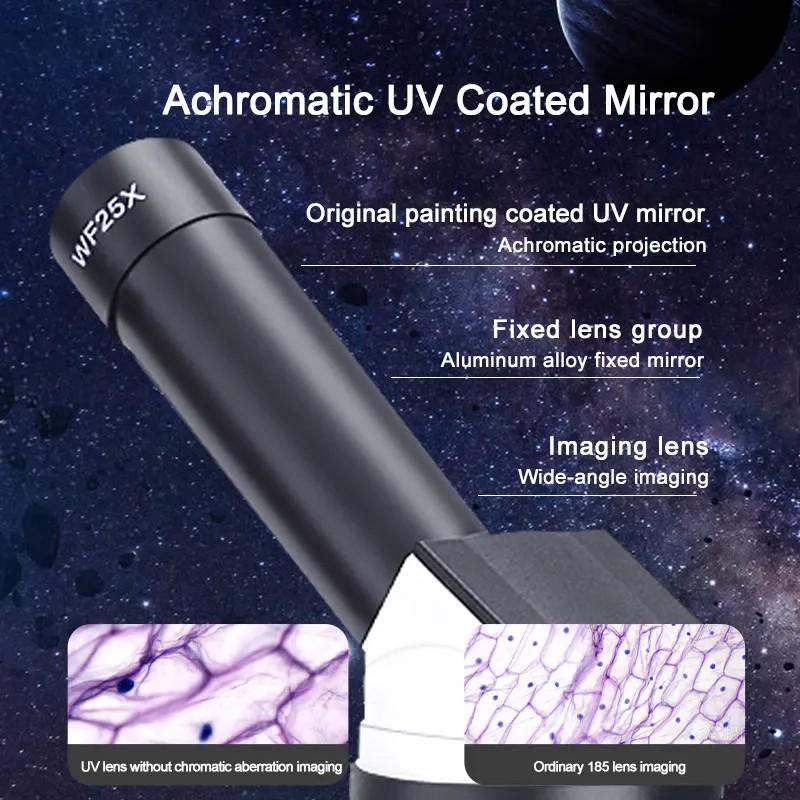
3、 Non-microscopic approaches to viewing bacteria
Non-microscopic approaches to viewing bacteria have been developed to provide alternative methods for studying these microorganisms without the need for a microscope. While these methods may not offer the same level of detail as microscopic techniques, they can still provide valuable insights into bacterial characteristics and behavior.
One approach is the use of staining techniques. By applying specific dyes or stains to bacterial samples, certain characteristics can be highlighted, making them visible to the naked eye. For example, Gram staining can differentiate bacteria into two major groups based on their cell wall composition. This technique allows for the visualization of bacterial colonies and their arrangement, providing information about their structure and organization.
Another non-microscopic approach is the use of culture media. Bacteria can be grown on specific nutrient-rich media that promote their growth and reproduction. This allows for the observation of bacterial colonies, their color, shape, and size. Additionally, some bacteria produce characteristic odors or pigments that can be detected without the need for a microscope.
Advancements in imaging technology have also contributed to non-microscopic approaches for viewing bacteria. Techniques such as scanning electron microscopy (SEM) and atomic force microscopy (AFM) can provide high-resolution images of bacterial surfaces, allowing for the visualization of their shape, texture, and surface features. These techniques have revolutionized our understanding of bacterial morphology and have provided valuable insights into their interactions with their environment.
It is important to note that while non-microscopic approaches can provide valuable information about bacteria, they have limitations. These methods may not offer the same level of resolution and detail as microscopic techniques, and they may not be suitable for studying certain aspects of bacterial biology. Therefore, a combination of microscopic and non-microscopic approaches is often necessary to gain a comprehensive understanding of bacteria and their behavior.
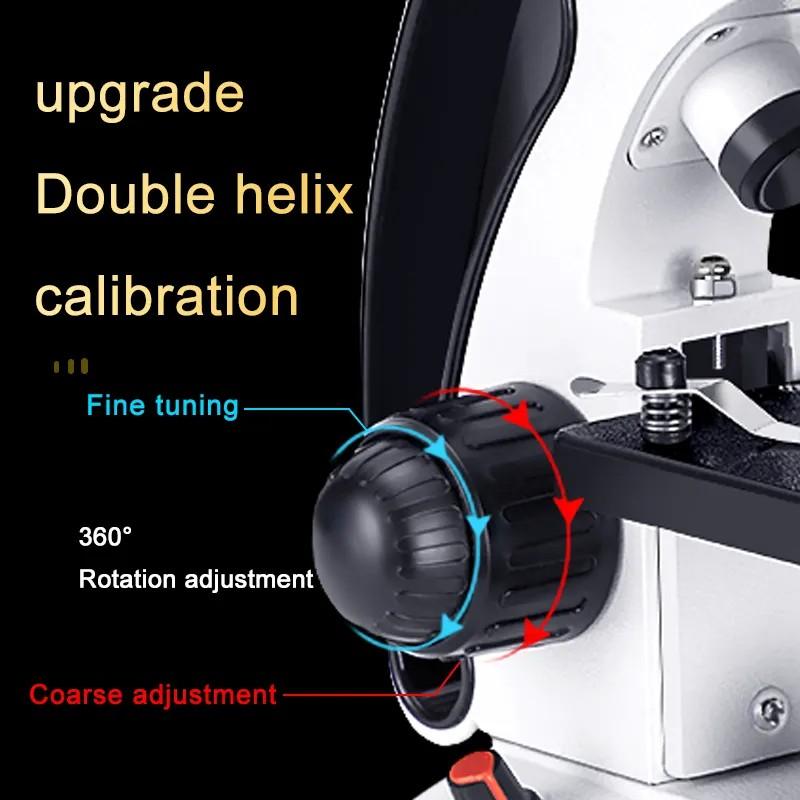
4、 Macroscopic observation of bacteria without a microscope
Macroscopic observation of bacteria without a microscope is not possible due to their small size. Bacteria are microscopic organisms that cannot be seen with the naked eye. They typically range in size from 0.2 to 10 micrometers, making them too small to be observed without the aid of a microscope.
Microscopes, specifically light microscopes or electron microscopes, are essential tools for visualizing bacteria. These instruments use lenses and light or electron beams to magnify the bacteria, allowing scientists to study their structure, behavior, and interactions.
However, recent advancements in imaging technology have allowed scientists to indirectly observe bacteria without a microscope. For instance, techniques such as fluorescence microscopy and confocal microscopy use fluorescent dyes or markers to label specific components of bacteria, making them visible under certain lighting conditions. This enables researchers to track the movement and behavior of bacteria in real-time.
Additionally, advancements in imaging techniques like scanning electron microscopy (SEM) and atomic force microscopy (AFM) have provided high-resolution images of bacteria. These techniques use electron beams or atomic forces to scan the surface of bacteria, producing detailed images that reveal their shape, surface features, and even the arrangement of their cellular components.
While these techniques allow for the visualization of bacteria without a traditional light microscope, they still rely on specialized equipment and expertise. Therefore, for practical purposes, a microscope remains the primary tool for observing bacteria.





























